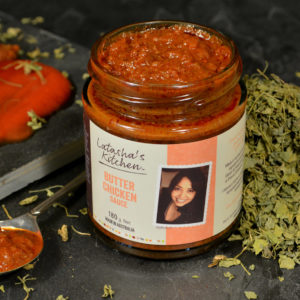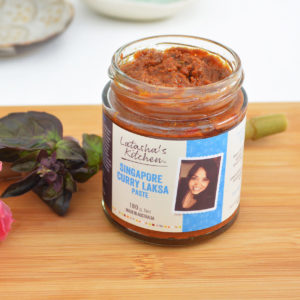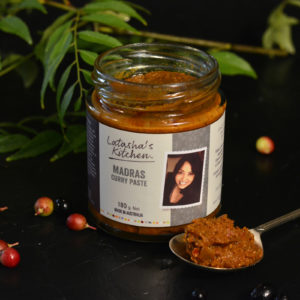Let’s talk about Salt
How’s your salt intake going??
Many Australians are surprised to learn they are eating too much salt. This is particularly surprising as we are often not adding much ourselves while cooking or at the table, generally just a quarter of the salt we eat. The vast majority of the salt in our diet comes with our use of foods we don’t make ourselves such as packaged and processed foods and takeaways and restaurant meals, many of which have salty elements included to add flavour easily.
A few words about salt…
The chemical name for salt is sodium chloride and it is the sodium part of the salt that plays havoc with our health when we have more than a very small amount. In most people the risk of health conditions including high blood pressure, heart disease and stroke all rise with increasing salt intake. Lowering salt intake and eating a balanced diet is a useful way to get these risks under control for most of us.
So how much salt should we eat??
The recommendation is that Australian adults should aim to eat no more than one flat teaspoon (4 grams) of salt a day (providing 1600 mg of sodium). Following this guideline requires a few changes for most people and usually the key is more home food preparation and more foods eaten in their natural state as these are all low sodium.
What foods are low salt choices?
Consider eating more fruit, vegetables and legumes, grains, unsalted nuts and seeds, milk, yoghurt, meat, fish and seafood, chicken, eggs and tofu at meal and snack times.
How do I make flavoursome meals without much salt?
Converting these fresh ingredients to tasty meals with fresh and dried herbs, spices, lemon and lime, pepper, ginger, garlic, onions, vinegars and small amounts of oil in addition to lower salt flavour elements will keep the meal’s sodium content at bay.
Most of Latasha’s Kitchen range of concentrated pastes, chutneys, relishes and dressings have a modest salt content. Latasha uses flavoursome ingredients and just a small amount of salt, or in some cases none at all, to create her range. The Indian and Southeast Asian range, in general, contain a third to half of the salt content of common, popular supermarket brands. There are plenty of low salt choices in the chutneys, relishes and dressings range as well so enjoy.
I have put the products in a table below that ranks each delicious range by sodium content, so you can make your own choices. Even the lowest sodium choices in Latasha’s Kitchen range are packed with flavour, nothing bland here!
Sodium content by range
| LATASHA’S KITCHEN PRODUCTS | SODIUM (mg) PER TYPICAL SERVE |
| Indian Range | ½ tbsp per person |
| Butter Chicken | 78 mg |
| Madras | 83 mg |
| Coriander | 104 mg |
| Homestyle Seafood | 119 mg |
| Kuruma | 130 mg |
| Biriyani | 136 mg |
| Vindaloo | 142 mg |
| Rogan Josh | 182 mg |
| Homestyle | 186 mg |
| Tikka | 198 mg |
| Tandoori | 247 mg |
| Southeast Asian Range | ½ tbsp per person |
| Singapore Curry Laksa | 67 mg |
| Thai Red | 71 mg |
| Thai Green | 72 mg |
| Thai Massaman | 74 mg |
| Malaysian Satay | 121 mg |
| Indonesian Turmeric Kari | 138 mg |
| Rendang Terlagi Lagi | 156 mg |
| Buttery Spicy Simmer Sauce | 60 gm per person (480 gm jar serves 8 people) |
| 104 mg | |
| Chutneys | 30 gm (1 tbsp) per person |
| Green Coriander | 33 mg |
| Eggplant Kasaundi | 47 mg |
| Zingy Tomato | 57 mg |
| Date & Tamarind | 83 mg |
| Green Chimichurri | 159 mg |
| Dressings | 12.5 ml (2 tsp) per person |
| Caramelised Balsamic | 0 |
| Caramelised Apple Cider | 2 mg |
| Chilli Oil | 15 mg |
| Relishes | ½ tbsp per person |
| Jalapeno Onion | 2 mg |
| Red Chilli Onion | 9 mg |
| Beetroot Horseradish | 35 mg |
| Orange Chimichurri & Jalapeno | 53 mg |
| Desserts | ½ tbsp per person |
| Cherry Chocolate Sauce | 4 mg |
tbsp = tablespoon, tsp = teaspoon, gm = gram, mg = milligram, ml = millilitre




Join #latashaskitcheners
Join Latasha's personal mailing list for delicious recipes, exclusive promotions and behind the scenes update direct to your inbox.